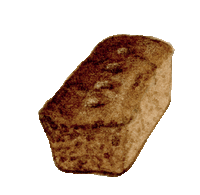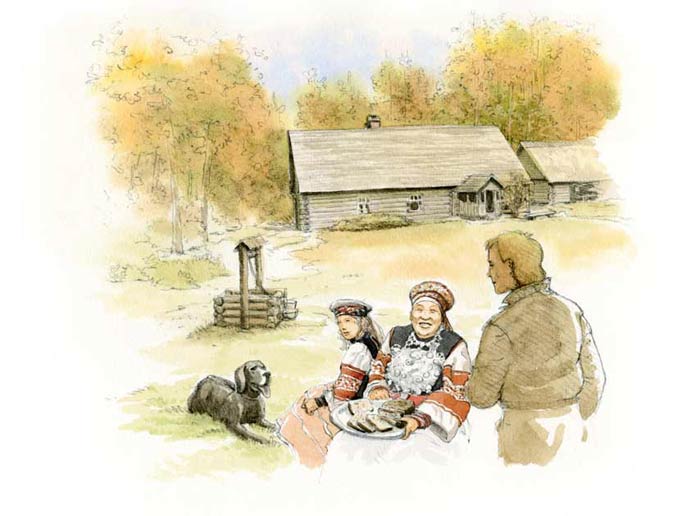Rukkileib

Form: Rectangular bread
Country of origin: Estonia
What distinguishes it from other methods of bread making: Rye bread, long in shape, cooked in a bread tin
Category of bread: (5) Has cousins near and far, in almost every country in Northern Europe and Russia
Particularity: Made with rye leavening (sourdough starter), referred to as keet
Ingredients: Leaven: rye flour and warm water. Dough: rye flour; wheat flour (sometimes, but rarely); leaven; salt; coriander; cardamom; cumin (spices optional)

Estonia
Black bread is to Estonia like pasta to Italy or rice to China. It’s part of the landscape. You can be sure it’s on every restaurant table. This is not a question of growing food or a snack to ward off hunger. No. It’s more like the Estonians constructed their entire cuisine around black bread, asking themselves what might go best with it. Black bread took off with a dash and implanted itself as a tradition as soon as growing rye surpassed that of barley and other locally produced grains. These changes date from the last century. Estonian women and bread bakers started offering a large number of new recipes, which then made it possible to place Estonia as one of the true homes of rye bread.
Among the classic blacks of Estonia bread making, such as peenleib, puuviljaleib, seemneleib, etc., rukkileib could be said to reign above of all others. It is prepared in the same manner as all the other breads in this category, using a leaven made from a mixture of rye flour and warm water, referred to as keet. It receives the utmost care. Left to “mature” in a temperate room, where it is constantly watched over and “refreshed.” It is read to use after three days.
It is then incorporated into a mixture of rye flour, water, salt and spices, selected to spice up the acidic taste of the leaven, or to balance it, attenuate it. This is why the raisins and candied fruit sometimes used make it resemble gingerbread. Once kneaded, the dough rolls are placed in bread tins, which give the rukkileib its highly recognizable rectangular shape.

